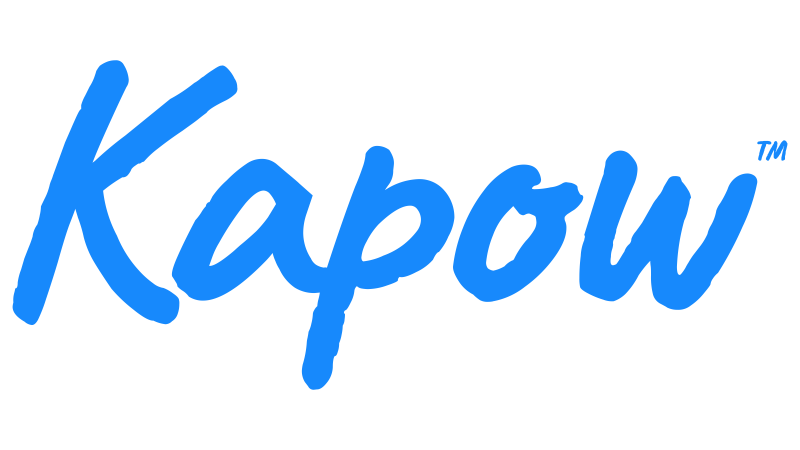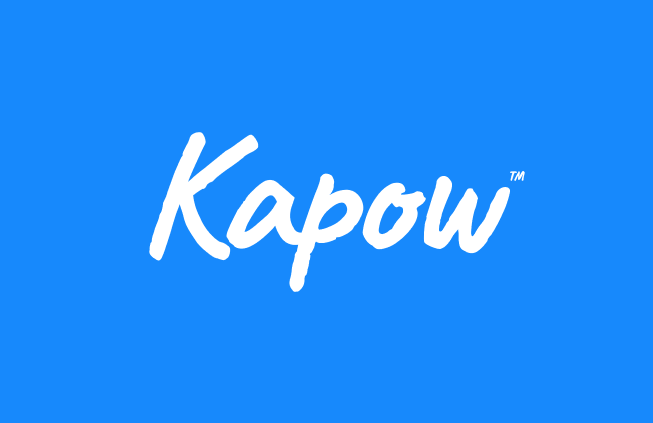Learning intention
- To understand and explore decision making in creative processes.
Success criteria
- I can suggest how a piece of art
This content is for subscribers only. Join for access today.
Cambridge Primary Art & Design (0067) Learning objectives
Experiencing
E.01 Encounter, sense, experiment with
This content is for subscribers only. Join for access today.
Before the lesson
This content is for subscribers only. Join for access today.
Lesson plan
Recap and recall
Show the Presentation: 3, 2, 1 and allow time for paired discussion.
This content is for subscribers only. Join for access today.
Extended-mode explainer videos
How to extend your display to view the lesson page and preseantion mode simultaneously. Choose your operating system below to watch the video
If you need further support with extending your display,
please contact [email protected].
Differentiation
Learners needing support:
- Could choose from a few drawing tools.
- Could choose from a selection of materials and tools that might suit them.
- Should receive support if they find the open-ended task overwhelming. Ask questions to direct their learning, for example, “How could you create this?”
Learners working at a stretch:
- Should experiment with a greater variety of processes, possibly trying something new.
- Could think about simple printing techniques, such as the edge of a piece of card to make lines or create interesting backgrounds to draw on.
This content is for subscribers only. Join for access today.
Assessing progress and understanding
Learners with secure understanding:
- Can suggest how an artwork was made in a
This content is for subscribers only. Join for access today.
Vocabulary definitions
-
continuous line drawing
To draw a picture without stopping or lifting the pencil.
-
formal art elements
The parts used to make a piece of artwork, i.e., colour, form, shape, line, tone, texture and pattern/
This content is for subscribers only. Join for access today.
Example work
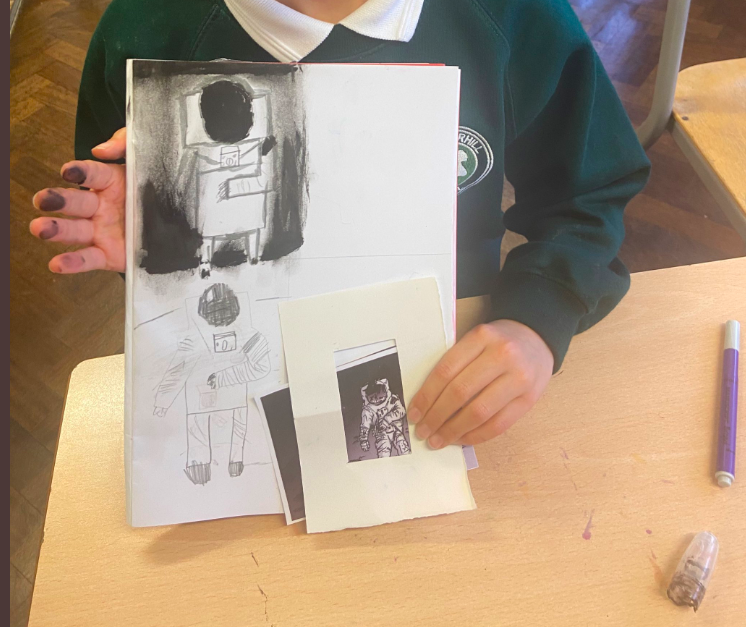
Summerhill Primary School, Maghull, Merseyside
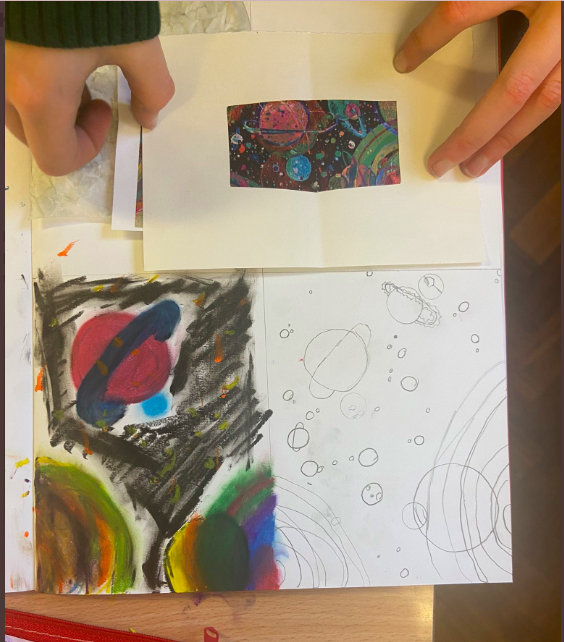
Summerhill Primary School, Maghull, Merseyside
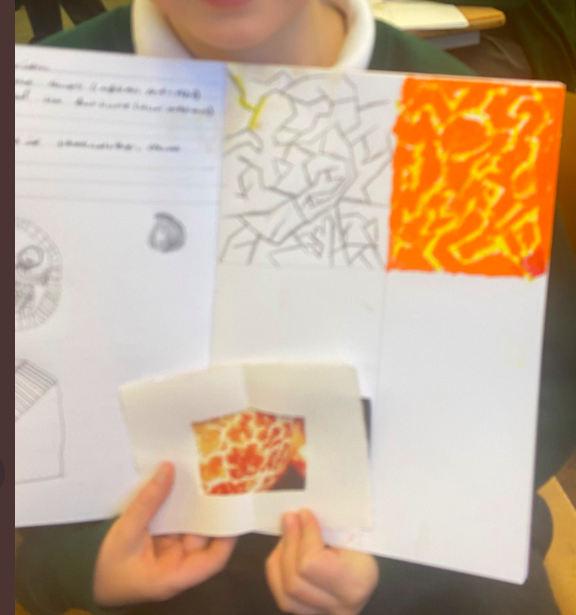
Summerhill Primary School, Maghull, Merseyside
This content is for subscribers only. Join for access today.
In this unit
Lesson 1: Space imagery and retrofuturism
Lesson 2: Drawing decisions
Lesson 3: Teis Albers
Lesson 4: A vision of the future
Lesson 5: Revisiting ideas
